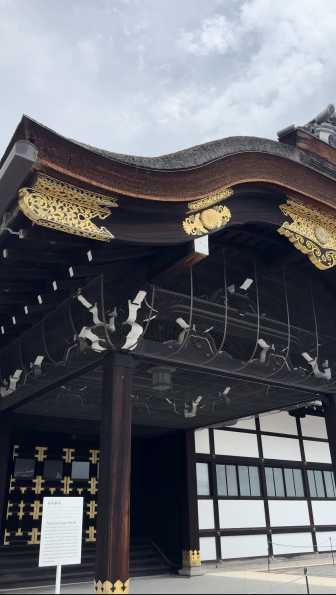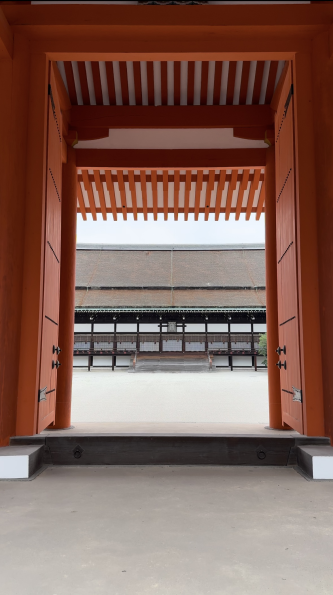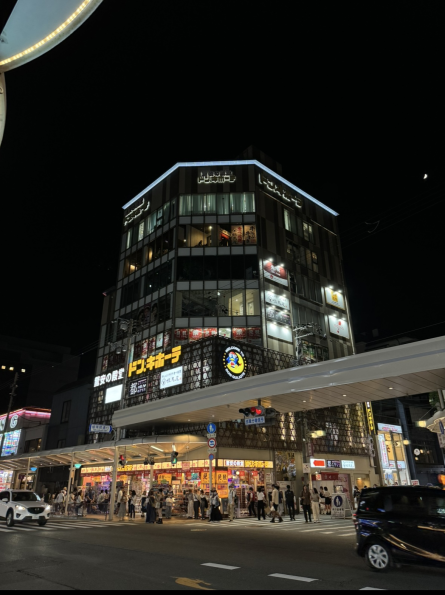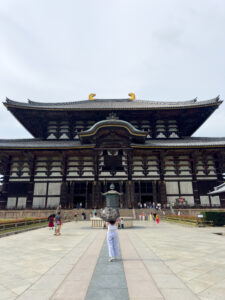
After we rode the shinkansen from Tokyo to Kyoto, there was a very noticeable difference between the two. That is, of course, the architecture.
The historic influence of Kyoto’s architecture is incredibly rich, captivating and sacred. Known as the heart of Japan, Kyoto tries to preserve ancient buildings that date back thousands of years. The ancient capital features beautiful temples, stunning shrines, magnificent palaces and traditional gardens. These structures reflect traditional Japanese style and heritage.
The design of the city is more contemporary small scale, paired with both traditional and modern buildings. Kyoto city government also enforces laws that restrict how tall skyscrapers can be. The limit is between 31 to 45 meters or a 10-story apartment building. The only exception to this regulation is the Kyoto Tower, which 131 meters.
Getting to experience the landscape and architecture of Kyoto first hand was a sight to see. All the buildings seem to carry a piece of history along with it. As soon as we walked into the Kyoto Imperial Palace, there was an immediate presence that you could feel.
The giant walls that surrounded the entire palace made you feel incredibly small. All the gates and structures seem to be meticulously placed and crafted. The dark wood mixed with the gold accents made me know that it was a nobel and special place. The deep history to go along with the visit and knowing the great emperor ruled there for so long made it that much more alluring.

Because Japan sits on a fault line, new buildings are constructed to withstand most earthquakes. This is achieved by complex engineering that include base isolation, reinforced concrete structures and other features to deal with the shock waves of earthquakes.
While Japan does its best to preserve these traditional buildings in Kyoto, many of these buildings were also made to withstand earthquakes. They were made of flexible and resilient wood that shifts without snapping. This lets the building move along with the earthquake, causing less stress. Slight renovations might be made for the building to ensure its safety and longevity.

Far different from Japan’s architecture, America’s is vastly different. For one, most of America does not have to build for earthquakes as Japan does. Japan seems to follow in the footsteps of effect, tradition and heritage while America’s buildings can be vastly different from mostly taking inspiration from Europeans initially.
Kyoto architecture is one of a kind while incorporating traditional and Japanese heritage while still being efficient and effective against earthquakes.







